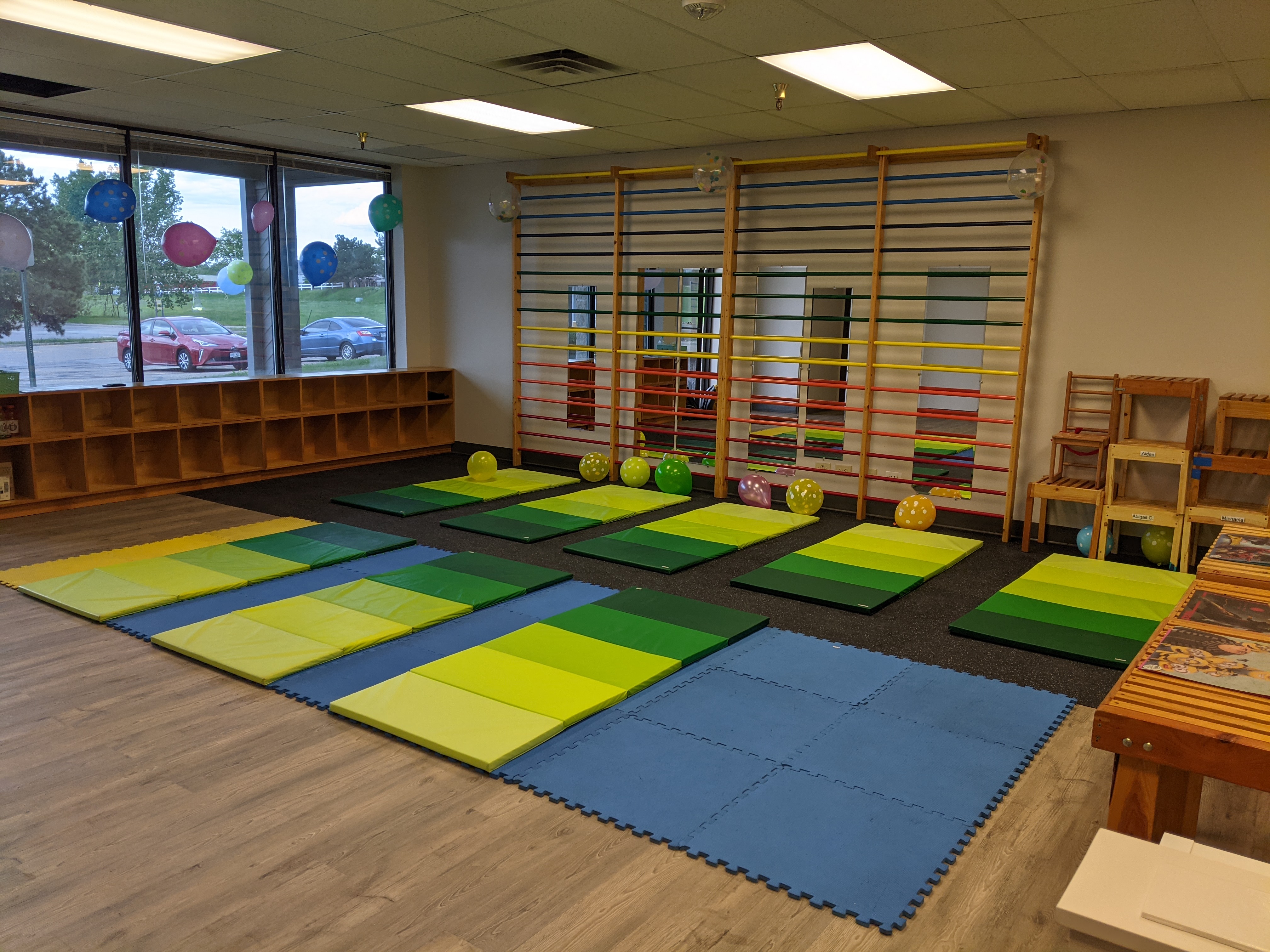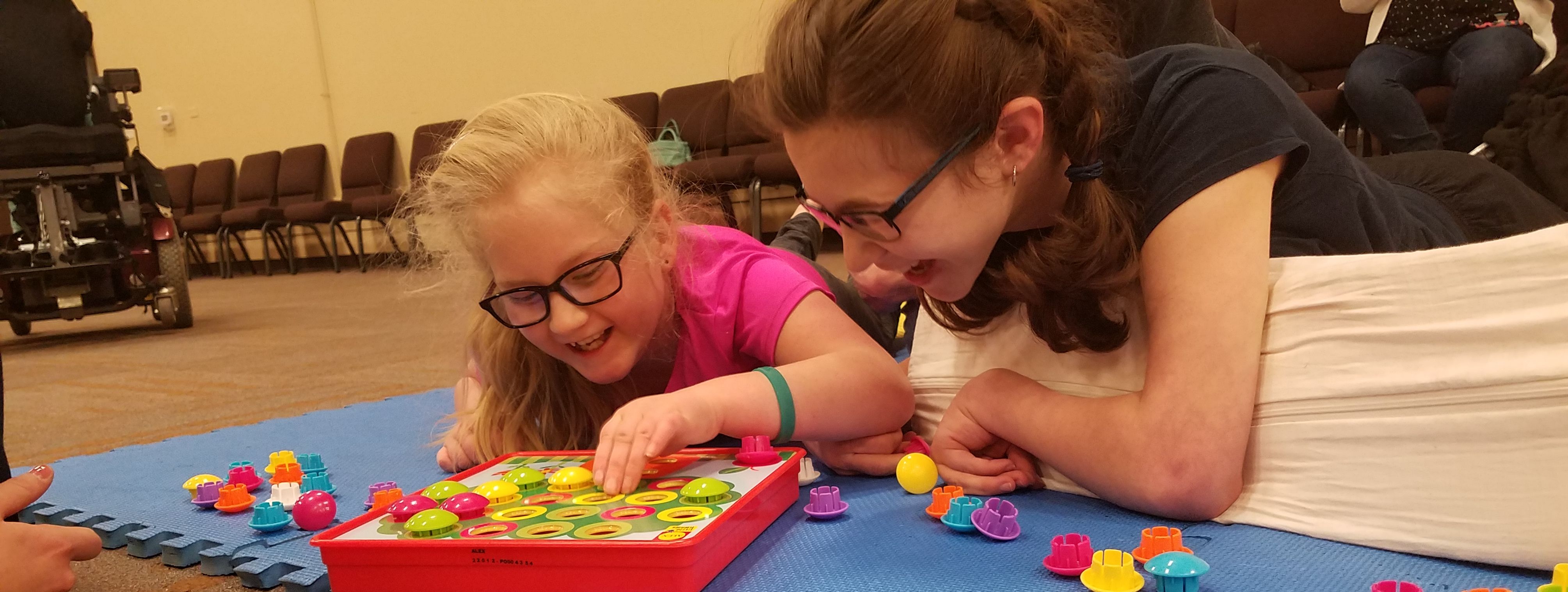What is Conductive Education?
Conductive Education (CE) is an educational program created to teach movement and problem-solving skills. The method is an intensive multi-disciplinary approach designed to enable individuals with motor disorders to achieve the most active, independent life possible. CE enables participants to become more self-reliant in daily activities through specialized, active learning. Conductive Education was based on the principle of neuroplasticity, the process by which the brain creates new pathways for sending messages to the body, rerouting around damaged paths. These pathways are created through active learning during programs called Task Series (wherein difficult tasks, like walking, are broken down into more achievable parts, like weight bearing and bending alternating legs). The new pathways allow an individual to perform daily activities, such as walking, dressing, eating, and playing with greater independence.
The independence gained through CE is not just limited to physical achievements but includes, communication, academic, and social and emotional development.
Who can benefit from CE?Children and Adults with: Cerebral Palsy Spina Bifida Genetic Conditions Down Syndrome Stroke TBI/Head injury Other conditions that impact motor control |
What areas does CE address?Gross and Fine Motor Mobility and Balance Strength and Endurance Flexibility and Range of Motion Oral motor and Speech Social and Communication Daily Living Skills Problem Solving and Executive Function |
|
|
|
|
|||
Conductive Education is not a “cure” for disability or a quick fix. During CE sessions, participants work hard to train their brains to work in new, more effective ways. This hard work pays off, leading to long-term skill development that increases independence and quality of life. |
|||
Conductive Education is based on the following principles:
Integrated Learning
Conductive Education is the only approach that addresses all areas of development: gross motor, fine motor, daily living skills (dressing, eating, transfers), speech and communication, social skills, emotional regulation, motor planning, and cognitive development. In CE we look at 100% of the person, 100% of the time. We also desire to work alongside other therapies by maintaining an open dialogue with participants' other therapists and teams. Working together is the best way to ensure each participant meets their potential.
Rhythmic Intention
The first step of carrying out a movement is creating the internal intention for that movement. This is an automatic process for most people, but not for those with motor disabilites. Rhythmic Intention (RI) is the method by which an individual uses speech (or inner speech) to express an intention, which is then followed by a movement. Typical motor patterns have a natural fluidity which aid the movement, RI facilitates individuals with motor disorders to achieve this fluidity
The Conductor
Conductor-teachers “orchestrate” learning by carefully choosing appropriate programs and activities for the group. A Conductor has specialized training in motor disorders, which allows them to effectively teach a wide variety of skills and movements. Conductors ensure each student is appropriately challenged and supported, while facilitating a positive group dynamic and learning experience.
History of Conductive Education
Dr. András PetÅ‘, a physician and educator, developed Conductive Education in Hungary in 1945. His method pioneered a new way to rehabilitate children and adults with motor disabilities. While typical children learn physical movement spontaneously through play and trial and error, children with motor disabilities need more specific instruction and practice to learn meaningful movement. Dr. Peto believed that individuals with a motor disabilities could learn and develop functional movement through active participation in specific motor tasks.

Get in Touch
PO Box 746297
Arvada, CO 80006
